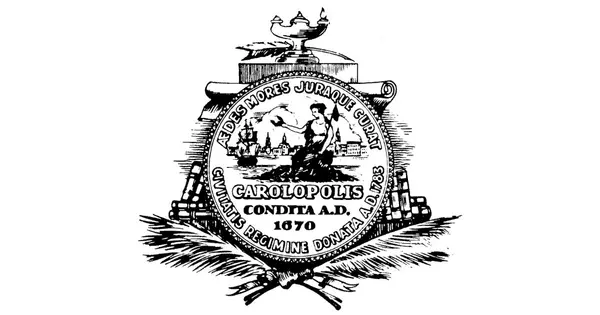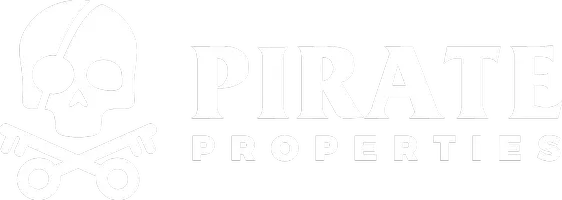How Missing Middle Housing Could Shape the Future of Charleston, South Carolina Real Estate

How Missing Middle Housing Is Shaping the Future of Charleston South Carolina Real Estate

Introduction
With Charleston South Carolina real estate demand surging, traditional housing types are no longer enough to meet buyer and renter needs. A groundbreaking Opticos study reveals that Missing Middle Housing (MMH)—a collection of multi-unit homes like duplexes, triplexes, cottage courts, townhouses, and ADUs—can bridge the gap between sprawling single-family homes and large apartment buildings, creating more inclusive, walkable, and affordable Charleston Carolina housing options.
Market Context & Key Insights
Between 2012 and 2022, Charleston-area home prices soared by 87% while median household income grew only 27%. This widening affordability gap has left families, young professionals, and retirees priced out of central neighborhoods, pushing growth to far-flung suburbs.
- Population Growth: The Lowcountry added over 70,000 residents in the last decade.
- Inventory Crunch: Less than 2 months of active listings across key ZIP codes.
- Commuting Strain: Traffic climbed 15% as workers travel farther for housing.
MMH offers a solution by delivering smaller footprint homes at lower price points while promoting transit-oriented development along corridors like the Lowcountry Rapid Transit.
What Is Missing Middle Housing?
Missing Middle Housing refers to a range of 2–4 unit buildings that fit naturally into existing neighborhoods. Key characteristics include:
- Human-scale design that respects Charleston’s architectural heritage.
- Enhanced walkability—homes within a 10-minute walk of shops, parks, and transit.
- Cost efficiencies achieved through shared walls and compact lots.
Types of Missing Middle Homes

Multi-unit homes blending into single-family blocks.

Clusters of small homes around a shared green courtyard.

Efficient, community-focused layouts with private entrances.

Backyard cottages or garage apartments provide rental income.
Case Study: Mount Pleasant Prototype
In Mount Pleasant, an 8-unit cottage court project sold out within weeks, proving strong demand for walkable, maintenance-friendly options priced 20–30% below comparable single-family homes. Buyers cited proximity to schools and local shops as primary motivators.
Challenges & Barriers
Despite its benefits, MMH faces several hurdles:
- Zoning Restrictions: Most Charleston neighborhoods are zoned only for detached single-family homes.
- Financing Hurdles: Lenders often require larger-scale projects for favorable loan terms.
- Design Guidelines: Historic districts impose strict façade and setback rules that complicate new builds.
Solutions & Strategies

- Zoning Reform: Introduce by-right allowances for duplexes, triplexes, and ADUs in more districts.
- Pre-Approved Plans: Offer template MMH designs to speed up permitting and lower soft costs.
- Form-Based Codes: Shift focus from prescriptive density to design guidelines that reinforce neighborhood character.
- Public Engagement: Use charrettes to align community vision with development goals and prevent displacement.
Why This Matters for Buyers, Sellers & Investors
MMH isn’t just a niche—it’s a market opportunity:
- Homebuyers & Renters: Access to diverse price points and walkable lifestyles.
- Developers & Sellers: Tap unmet demand in established neighborhoods without greenfield development.
- Investors: Stable returns on smaller-scale rental properties integrated into thriving communities.
Get Involved & Take Action
Ready to champion Missing Middle Housing in Charleston?
- Download the Full Study: Opticos MMH Toolkit
- Advocate Locally: Email your Charleston and North Charleston council members to support MMH-friendly zoning updates.
- Partner with an Expert: Work with a knowledgeable local realtor—and contact us to explore MMH listings and development opportunities.
Conclusion
Missing Middle Housing offers a clear roadmap to more equitable, resilient, and vibrant Charleston communities. By embracing diverse housing types and progressive zoning strategies, we can ensure Charleston South Carolina real estate remains accessible and true to its unique character. Reach out today to learn how MMH can work for your next home or investment.
Categories
Recent Posts












